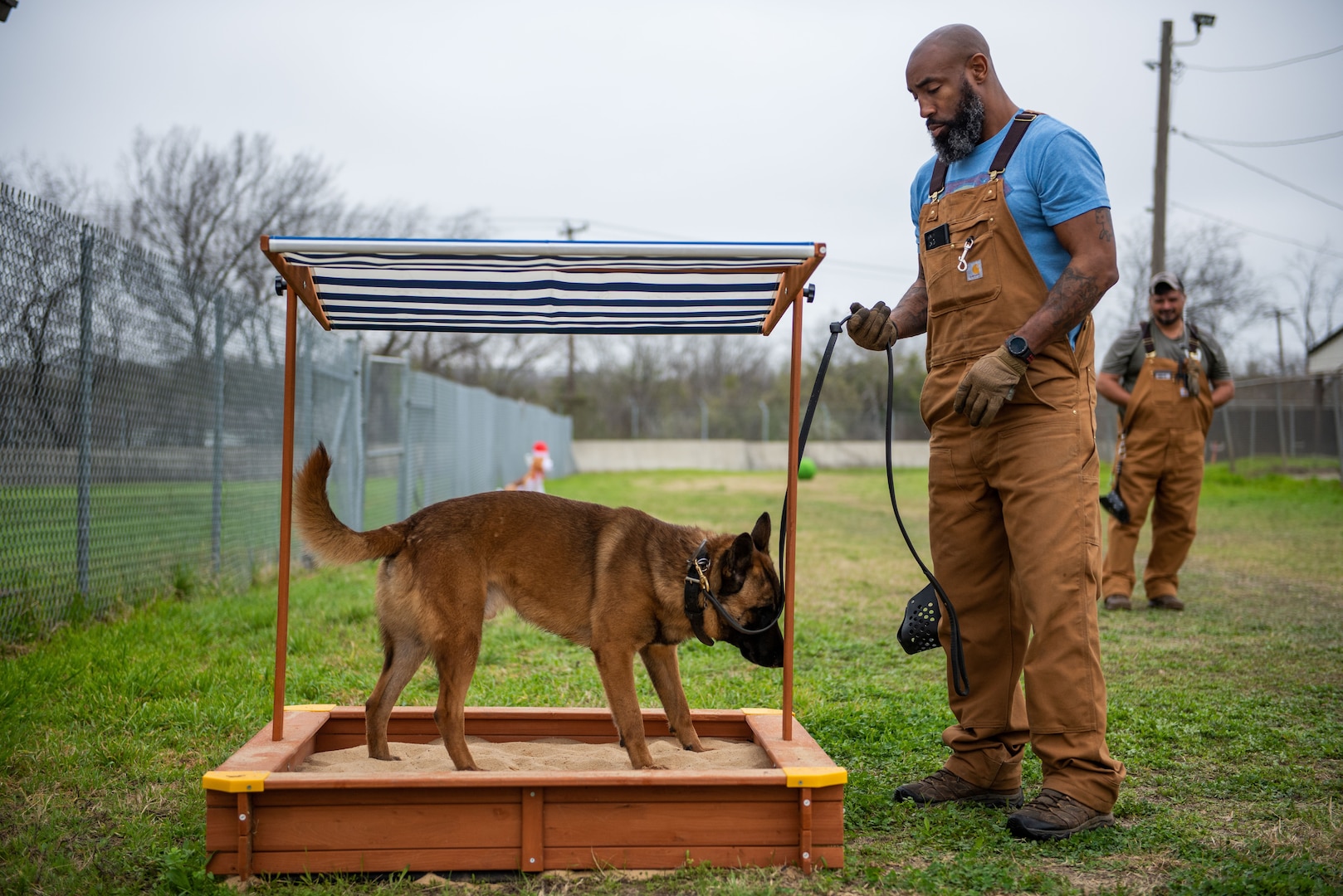Effective Dog training strategies for well-behaved dogs.
Effective Dog training strategies for well-behaved dogs.
Blog Article
Master Important Commands: Efficient Pet Dog Educating Facilitated
Effective canine training is a fundamental facet of liable family pet ownership, and understanding essential commands offers as the foundation for a harmonious connection between handler and canine. Recognizing the nuances of canine actions and the training procedure is crucial; however, the trip to a well-trained dog typically offers unforeseen obstacles that call for interest.
Recognizing Your Canine's Behavior
To understand the subtleties of efficient pet training, it is necessary to break down and evaluate your dog's behavior. Dog training. Recognizing the motivations behind your pet's activities is critical; habits can come from instinct, anxiety, excitement, or a desire for interest. By observing your canine in various scenarios, you can determine patterns that may suggest underlying feelings or demands
For circumstances, a pet dog that barks exceedingly may be sharing dullness, stress and anxiety, or a need for social communication. On the other hand, a pet dog that shows destructive actions could be seeking stimulation or relief from stress. Identifying these triggers enables you to tailor your training technique efficiently.
Additionally, it is important to think about the pet dog's breed attributes, as they can influence actions considerably. Some types are predisposed to details attributes, such as herding or securing reactions, which can affect their reactions to particular stimulations.
Lastly, uniformity in your feedbacks to your dog's actions cultivates a better understanding between you and your pet dog. This shared understanding is fundamental for building depend on and assisting in an effective training procedure that supports both behavioral improvement and positive support.
Essential Commands to Teach
Teaching essential commands is a basic aspect of efficient pet training, supplying the foundation for a mannerly and responsive pet dog. These commands not only enhance interaction between the proprietor and the pet dog yet additionally guarantee safety and security in various atmospheres.
One of the most crucial commands include "Sit," which motivates your canine to remain fixed and calm; "Keep," which strengthens the idea of staying in one area until released; and "Come," which is essential for recalling your dog from potentially dangerous scenarios. "Down" shows pets to rest, advertising leisure and control, while "Leave it" assists avoid dogs from grabbing damaging or unwanted products.
" Heel" is another crucial command that urges your dog to walk closely beside you, enhancing chain manners. Finally, "No" acts as an important boundary-setting command, assisting to deal with undesirable actions.
Training Methods for Success
Efficient pet training depends more information heavily on utilizing a range of methods that provide to both the pet's understanding design and the owner's training objectives. One crucial strategy is favorable support, which entails gratifying preferred habits with treats, appreciation, or play. This method encourages the pet dog to duplicate those actions, promoting a solid bond between owner and pet.

An additional effective method is remote control training, where a distinctive audio, made by a remote control, marks the precise moment a pet performs a wanted activity. This exact timing helps pets connect the behavior with the benefit, improving their understanding.
Consistency is crucial in all training methods. Developing clear commands and keeping the exact same hints helps the pet dog understanding assumptions more quickly. Additionally, short, engaging training sessions prevent dullness and boost retention.
Integrating socialization chances is also important. Subjecting pet dogs to various settings, individuals, and other pets assists them develop self-confidence and flexibility.
Lastly, patience plays a considerable function in effective training - Dog training. Each dog learns at their own speed, and comprehending this can result in a much more pleasurable training experience for both the owner and the canine. Executing these methods will certainly set the foundation for efficient pet dog training
Typical Difficulties and Solutions
In spite of the very best training strategies, pet proprietors often run into typical obstacles that can impede development. One common concern is inconsistency in commands and cues. here are the findings When relative use various commands for the very same habits, it confuses the dog, resulting in inconsistent responses. The solution depends on establishing a unified approach amongst all family participants, ensuring that everyone makes use of the exact same terms and signals.

Additionally, some dogs might display stubbornness or absence motivation. This can usually be attended to by integrating positive support strategies, such as deals with or praise, to encourage preferred behaviors. Customizing rewards to what your dog finds most motivating can dramatically enhance their engagement.
Lastly, concern or stress and anxiety can restrain progression in training. Acknowledging indications of anxiety and changing the training speed as necessary is essential. Using steady exposure to been afraid stimuli can assist build confidence over time, assisting in a much more reliable training experience.
Maintaining Consistency and Persistence
Consistency and perseverance are vital in pet training, as they form the structure for attaining lasting behavior modifications. Pets thrive on routine and clear assumptions; thus, maintaining read what he said a consistent method in commands, rewards, and corrections is essential.
Dogs, much like people, have varying finding out speeds and might not understand commands right away. Positive reinforcement plays an essential function right here, fulfilling preferred behaviors and helping to promote a relying on connection in between the canine and instructor.
Final Thought
Understanding important commands is fundamental to reliable pet training, cultivating boosted communication and reinforcing positive actions (Dog training). Ultimately, a trained dog not only exhibits good behavior but additionally develops confidence, contributing to a harmonious partnership in between the pet dog and its proprietor.
Report this page